What is Molting in Pink Toe Tarantulas
Molting is a natural and essential process for Pink Toe Tarantulas, and indeed for all arachnids. It’s how these creatures grow and replace their exoskeleton, which is a rigid outer covering. Think of it like shedding an old, tight skin to reveal a new, larger one underneath. During molting, the tarantula sheds its entire exoskeleton, including the lining of its gut and the outer layer of its book lungs. This process is crucial for their survival and overall health, allowing them to grow, regenerate lost limbs, and rid themselves of parasites.
Why is Molting Important for Pink Toe Tarantulas
Molting is fundamental to a Pink Toe Tarantula’s life cycle, enabling growth and overall well-being. As the tarantula grows, its exoskeleton becomes restrictive. Molting provides the opportunity to shed this limiting shell and expand to a larger size. Additionally, molting is crucial for regenerating lost limbs. If a tarantula loses a leg or other appendage, it can regrow it during a molt. This process also helps rid the tarantula of any parasites or waste products that might have accumulated on the exoskeleton, ensuring a healthy and functioning body. A successful molt is a sign of a healthy and thriving tarantula.
The Molting Process
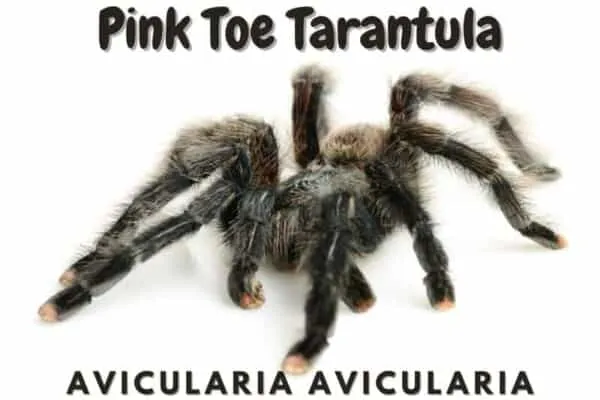
The molting process is a fascinating spectacle that can take several hours, or even days, depending on the tarantula’s size and age. It begins with the tarantula preparing for the molt, which can include changes in behavior and appearance. The tarantula will create a silken mat, often on the surface of the substrate, or on the sides of its enclosure, where it will molt. Then, the tarantula will lie on its back, or side, and the old exoskeleton will begin to split open. The tarantula slowly wriggles out of its old skin, revealing a new, soft, and vulnerable body. Once the tarantula has fully emerged, it will rest, allowing its new exoskeleton to harden.
Recognizing the Signs of Molting
Recognizing the signs that your Pink Toe Tarantula is about to molt is important for providing the right care and avoiding any unnecessary disturbances. Knowing what to look for will help you prepare for the filming of an awesome Pink Toe Tarantula Molting Video. These signs can vary slightly depending on the individual tarantula, but some common indicators include a change in appetite, a darker abdomen, and a more sedentary lifestyle. The tarantula may also begin to create a thicker web mat in its enclosure, a sign that it is preparing for the molting process.
Pre-Molting Behavior
Before molting, your Pink Toe Tarantula will exhibit distinct behaviors. It’s a critical time, so be aware! One of the first signs is often a decrease in appetite. The tarantula may refuse food altogether or show a reduced interest in eating. Its abdomen may appear darker or more swollen, as the new exoskeleton develops beneath the old one. You might also notice the tarantula becoming less active, spending more time in its hide, and generally being less responsive to stimuli. Some tarantulas might also create a thicker layer of webbing in their enclosure, often near the surface, to prepare for the molt.
During the Molt
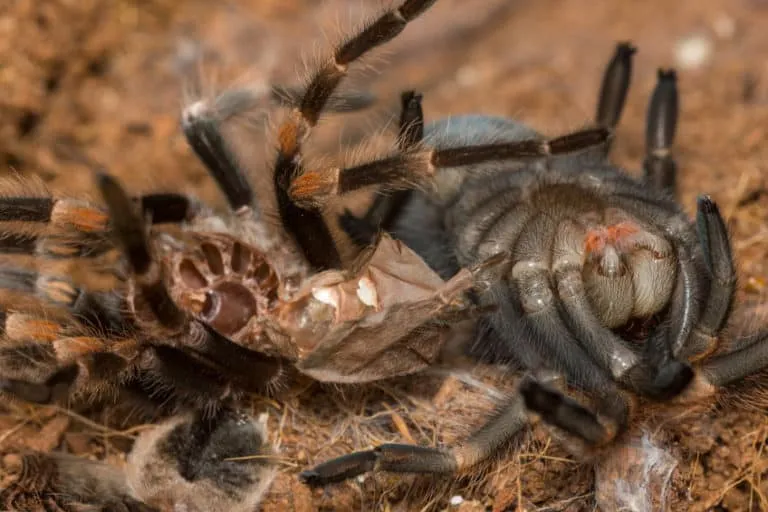
During the molt, it’s crucial to observe from a distance. Avoid any disturbances. The tarantula will typically lie on its back or side, and the old exoskeleton will split open. The tarantula will then slowly wriggle out of its old skin, a process that can take several hours, or even longer. The new exoskeleton will be soft and vulnerable. Resist the urge to interfere, as any disturbance can be detrimental to the tarantula. Provide a calm environment. Ensure the enclosure is well-ventilated. Do not attempt to feed or handle the tarantula until its new exoskeleton has fully hardened, usually a week or more after the molt.
Post-Molting Care
After the molt, your Pink Toe Tarantula will be extremely vulnerable. Its new exoskeleton will be soft and delicate, making it susceptible to injury. Provide a stress-free environment. Allow the tarantula ample time to recover, usually a week or more, before handling or attempting to feed it. Ensure the enclosure is kept at the appropriate temperature and humidity levels. Offer food, such as crickets or roaches, but do not force it to eat. The tarantula will eat when it is ready. Observe the tarantula for any signs of problems or abnormalities.
How to Film a Pink Toe Tarantula Molting Video
Creating a Pink Toe Tarantula molting video can be a rewarding experience, offering a unique insight into the life cycle of this fascinating creature. Careful preparation and attention to detail are essential for capturing this incredible event. The quality of your video will depend on your equipment and setup. This guide provides essential steps for filming a stunning molting video.
Equipment Needed
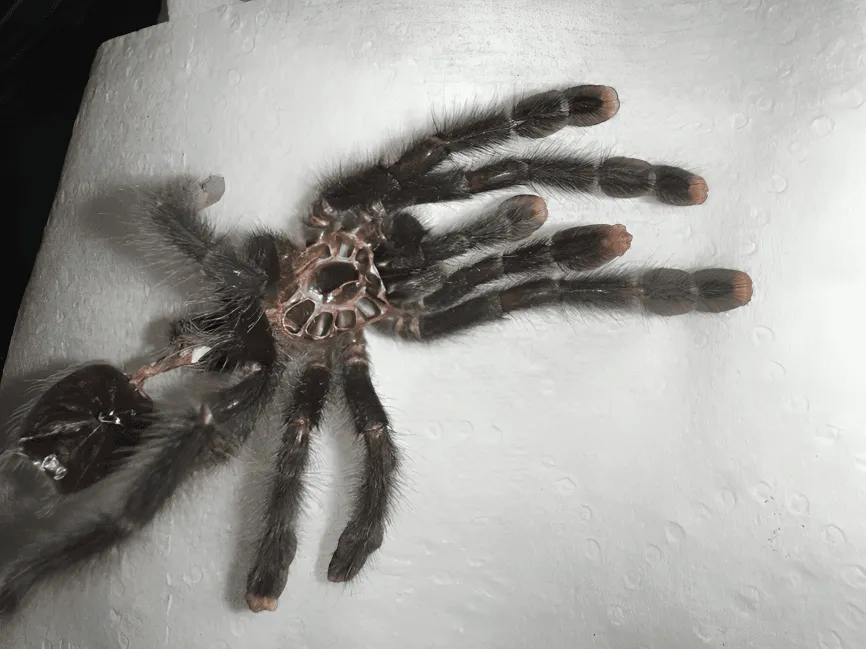
To create a high-quality Pink Toe Tarantula molting video, you will need certain equipment. A good quality camera with macro capabilities is essential. This will allow you to capture the intricate details of the molting process. A tripod is also crucial for stability, preventing shaky footage. Consider additional lighting, such as LED panels, to ensure proper illumination without overheating the enclosure. A clean enclosure with a suitable substrate helps with a good video. Finally, ensure you have sufficient storage space and a way to transfer your videos for editing.
Camera Setup
Proper camera setup is critical for a successful Pink Toe Tarantula molting video. Position your camera strategically to capture the best view of the molting tarantula. A stable tripod is essential to prevent blurry footage. Focus on getting the correct depth of field. This can be done by adjusting the aperture setting. Frame your shot carefully, ensuring the tarantula is the main focus. Consider the angle; a top-down view can be very effective. Before the molting process begins, conduct test shots. Then, adjust your settings to optimize your video.
Lighting Techniques
Proper lighting is crucial for a high-quality Pink Toe Tarantula molting video. Good lighting will make the details of the molting process pop. Natural light can be used if available, but be mindful of fluctuations. The best option is to use artificial lighting. LED panels or softbox lights provide consistent and adjustable lighting. Avoid harsh direct light, which can create shadows and potentially stress the tarantula. Position your lights to provide even illumination across the enclosure. Observe the light levels, making necessary adjustments to avoid overexposure or underexposure.
Filming the Molt
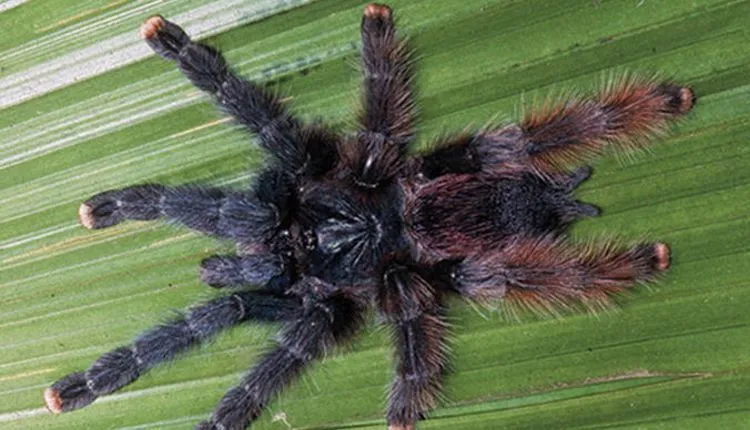
Once you have everything set up, it’s time to begin filming. Patience is key. The molting process can take several hours, so be prepared for a long wait. Start recording as soon as you see signs that the tarantula is preparing to molt. Keep your camera running throughout the process. Monitor the enclosure from a distance to avoid disturbing the tarantula. Record every stage of the molt, from the initial split of the exoskeleton to the tarantula’s emergence. This will help you capture the most crucial moments. Regularly check the camera, and make sure everything is working properly.
Capturing the Key Moments
When filming a Pink Toe Tarantula molting video, focus on capturing the key moments. The initial split of the exoskeleton is a critical moment. Then, the tarantula’s emergence from its old skin is a fascinating spectacle. Close-up shots of the tarantula’s new, soft body are very interesting. Details of the discarded exoskeleton are important for viewers. Be sure to document the entire process, from start to finish, to create a complete narrative. Make sure to keep your camera focused on the tarantula throughout the whole process.
Editing and Sharing Your Video
Once you’ve captured the footage, editing and sharing are the final steps in creating your Pink Toe Tarantula molting video. The editing stage is where you refine your video, add enhancements, and create a compelling final product. Then, sharing your video on various platforms enables you to share your work with the world.
Editing Software
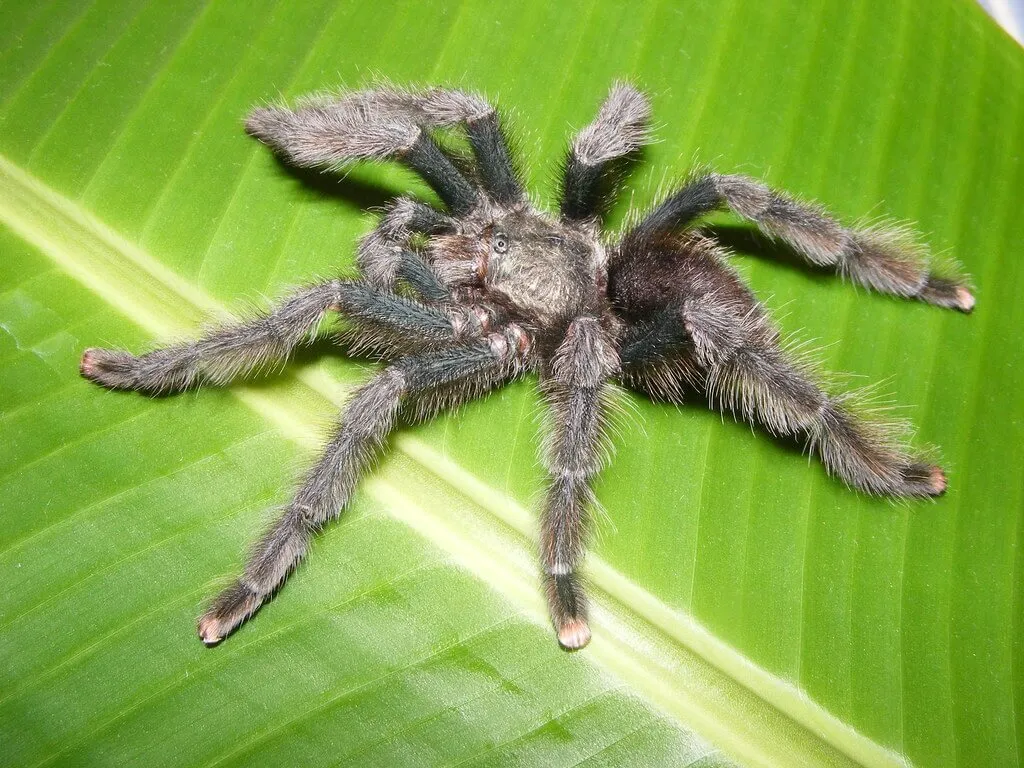
Select a video editing software that suits your needs and skill level. Many options are available, from free software, such as OpenShot and DaVinci Resolve, to professional software like Adobe Premiere Pro. Import your footage and begin the editing process. Trim out any unnecessary parts and arrange the clips in a logical order. You can also add titles, captions, and music to enhance your video. Consider using slow-motion to emphasize key moments. Color correction can help improve the video’s visual appeal. When you are done, export the video in a suitable format for sharing.
Sharing Platforms
Choose the appropriate platform to share your Pink Toe Tarantula molting video. YouTube is a popular choice, with a vast audience. Vimeo and other video-sharing platforms offer alternative options. Before uploading, optimize your video with a descriptive title, relevant tags, and a compelling description. This will increase its visibility. Consider creating a thumbnail that is engaging. Promote your video on social media platforms. Engage with viewers and respond to any comments or questions.
Common Mistakes to Avoid
Avoid common mistakes to ensure a successful Pink Toe Tarantula molting video. Making a mistake can be avoided by careful monitoring. Avoid disturbing the tarantula during the molting process. Make sure that the environment is stable. The environment, including temperature and humidity levels, is essential for a healthy molt. Be patient; don’t rush the process.
Disturbing the Tarantula During the Molt
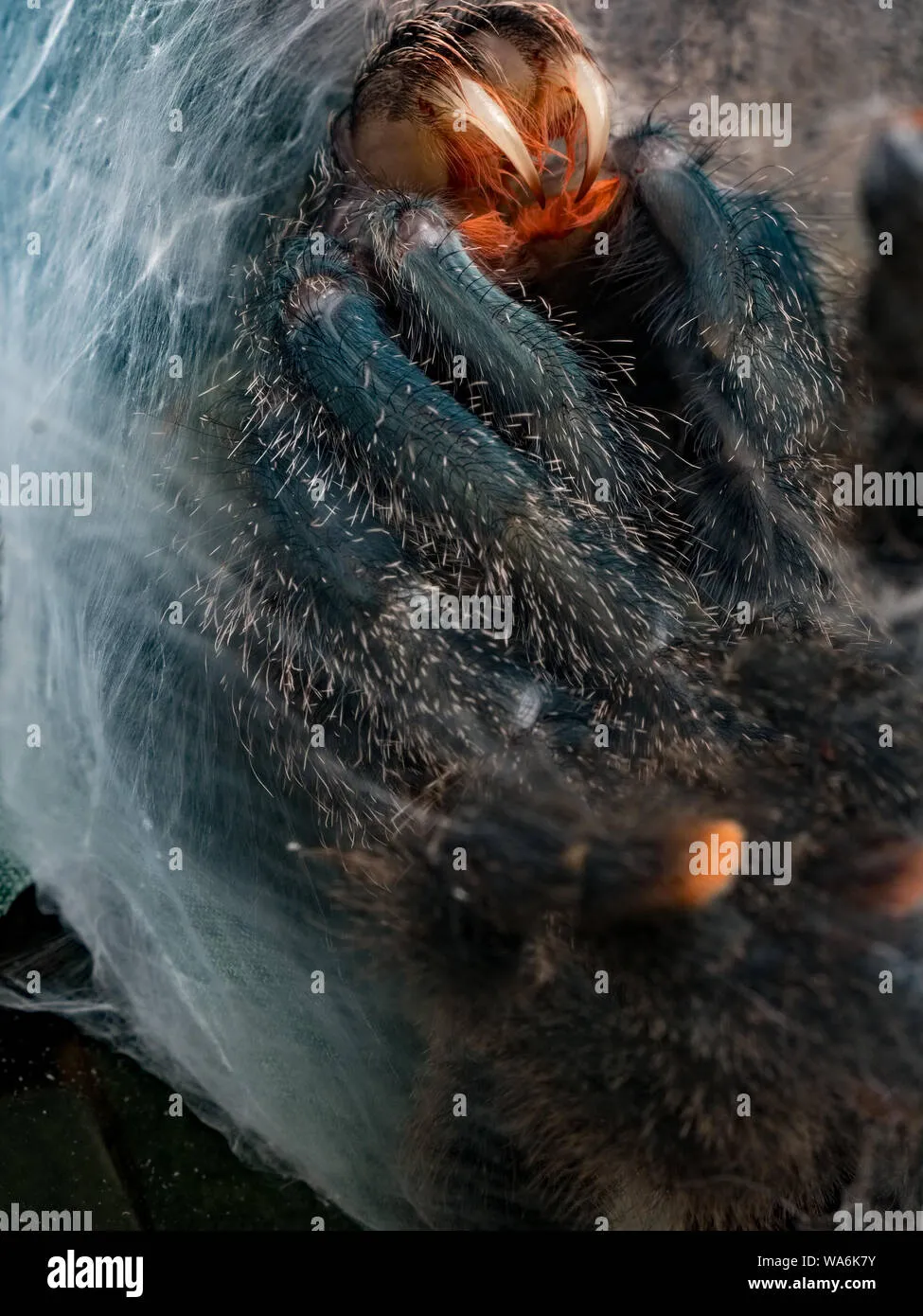
Avoid disturbing the tarantula during the molting process. Any disturbances can be stressful for the tarantula. It can also disrupt the molting process. Do not handle the tarantula or move its enclosure during the molt. Avoid making loud noises or sudden movements near the enclosure. Ensure that children and other pets do not come near the tarantula’s enclosure. Maintaining a calm and undisturbed environment is essential for the tarantula’s safety and molting success.
Ignoring Environmental Factors
Ignoring environmental factors can lead to a failed molt. The tarantula’s enclosure needs to have the correct temperature and humidity levels. Make sure the enclosure is well-ventilated to prevent any issues. Incorrect levels can make molting difficult. Ensure the tarantula has a suitable substrate for burrowing. Make sure the substrate is not too dry or too wet. Ensure that the enclosure is clean and free from any potential hazards. By paying attention to these factors, you’ll help your tarantula.
Lack of Patience
Molting is a slow process, so patience is essential. The molting can take several hours, or even days. Do not rush the process. Avoid handling the tarantula or moving its enclosure. Do not try to interfere with the molting process. Allow the tarantula to complete its molt naturally. Observe the process from a distance. Give the tarantula time to recover after the molt.
Conclusion
Creating a Pink Toe Tarantula molting video is an amazing experience. Careful preparation, the right equipment, and patience are key ingredients for a successful video. By understanding the molting process, recognizing the signs, and avoiding common mistakes, you can capture a stunning video. The result is a unique view of nature and share the wonders of your pet. Enjoy the process and share your incredible video.
